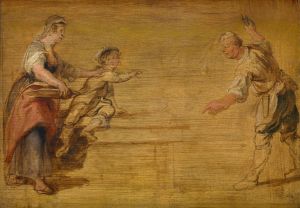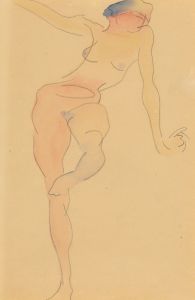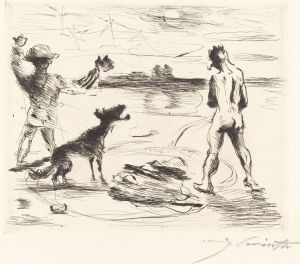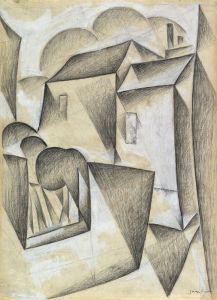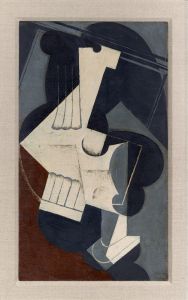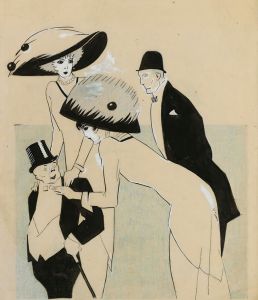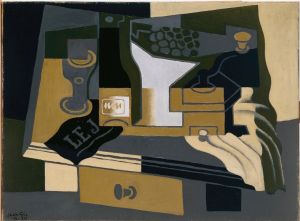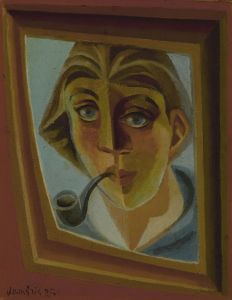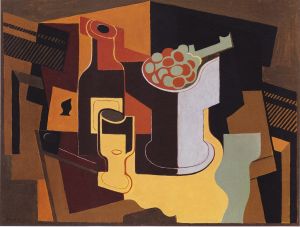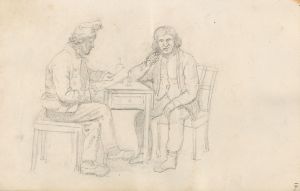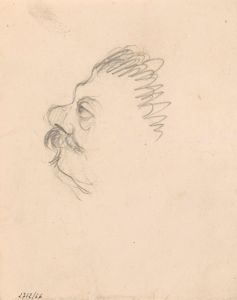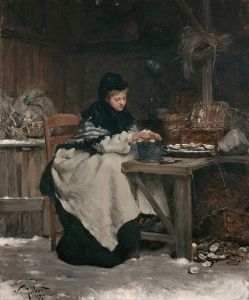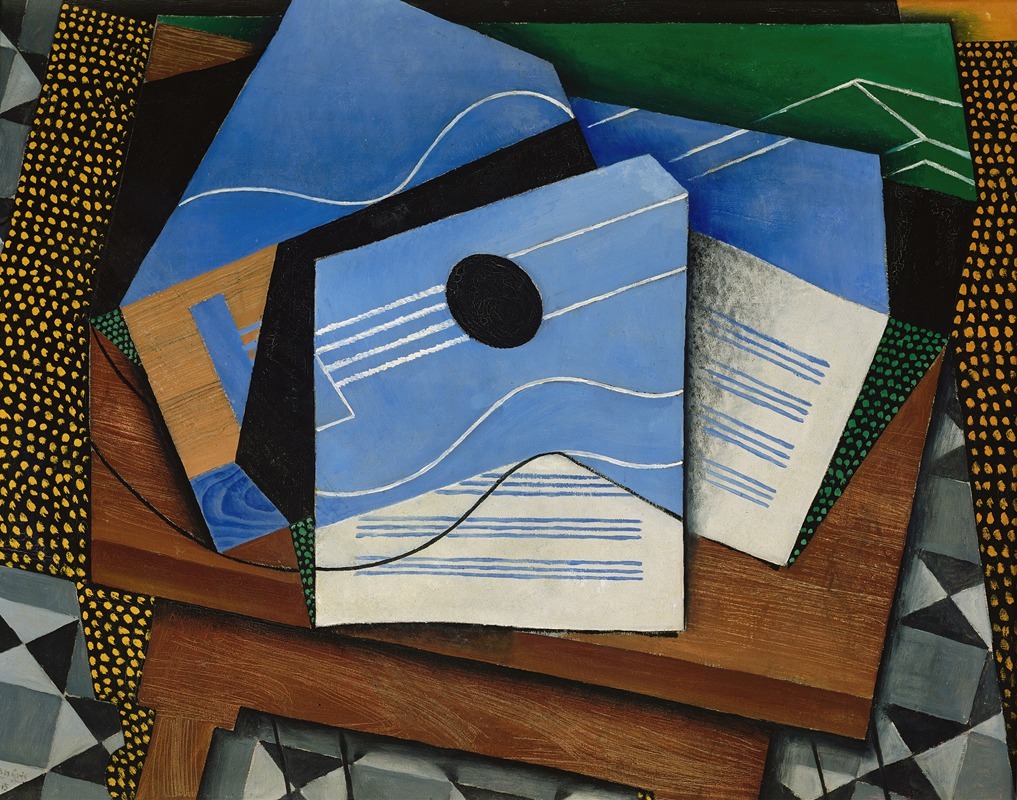
Guitar on a table
A hand-painted replica of Juan Gris’s masterpiece Guitar on a table, meticulously crafted by professional artists to capture the true essence of the original. Each piece is created with museum-quality canvas and rare mineral pigments, carefully painted by experienced artists with delicate brushstrokes and rich, layered colors to perfectly recreate the texture of the original artwork. Unlike machine-printed reproductions, this hand-painted version brings the painting to life, infused with the artist’s emotions and skill in every stroke. Whether for personal collection or home decoration, it instantly elevates the artistic atmosphere of any space.
"Guitar on a Table" is a painting by the Spanish artist Juan Gris, created in 1915. Juan Gris, born José Victoriano González-Pérez in 1887, was a prominent figure in the Cubist movement, which was characterized by its abstracted forms and fragmented representations of objects. Gris's work is often noted for its clarity, precision, and use of geometric shapes.
The painting "Guitar on a Table" exemplifies Gris's mature Cubist style, which he developed after moving to Paris in 1906. In Paris, he became closely associated with other leading Cubist artists, including Pablo Picasso and Georges Braque. Unlike Picasso and Braque, who often used a more monochromatic palette, Gris's works are distinguished by their vibrant colors and meticulous compositions.
In "Guitar on a Table," Gris employs a combination of synthetic Cubism and collage techniques. The painting features a guitar, a common subject in Cubist art, placed on a table along with other objects such as a bottle, a glass, and a newspaper. These elements are depicted using a variety of textures and patterns, creating a sense of depth and dimensionality. Gris's use of overlapping planes and fragmented forms challenges the viewer's perception of space and perspective.
The composition of "Guitar on a Table" is carefully balanced, with each element contributing to the overall harmony of the piece. Gris's attention to detail is evident in the way he renders the different materials, such as the wood of the guitar and the glass of the bottle, using a combination of painted and collaged elements. This technique adds a tactile quality to the painting, inviting the viewer to explore the surface and the interplay of shapes and colors.
Gris's work during this period reflects his interest in the relationship between objects and their representation. By breaking down the forms into geometric shapes and reassembling them in a new configuration, he explores the idea of multiple viewpoints and the fluid nature of perception. This approach aligns with the broader goals of the Cubist movement, which sought to depict the complexity of the modern world through innovative artistic techniques.
"Guitar on a Table" is considered one of Gris's significant contributions to Cubism and is held in high regard for its technical mastery and artistic innovation. The painting is part of the collection at the Metropolitan Museum of Art in New York, where it continues to be studied and admired by art historians and enthusiasts alike.
Juan Gris's influence on the development of Cubism and modern art is widely recognized. His ability to combine analytical precision with a lyrical sense of composition has earned him a lasting place in the history of art. "Guitar on a Table" remains a testament to his skill and creativity, offering a glimpse into the dynamic and evolving world of early 20th-century art.






